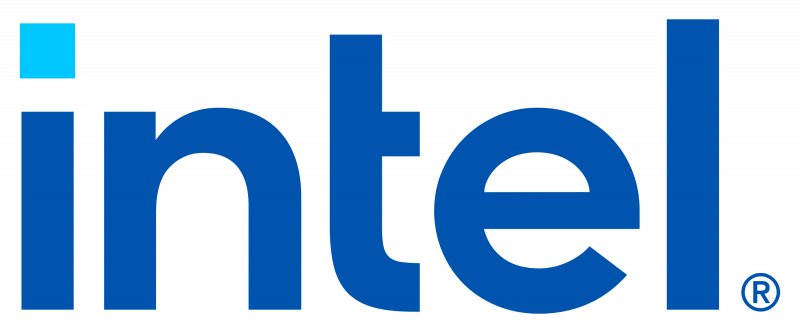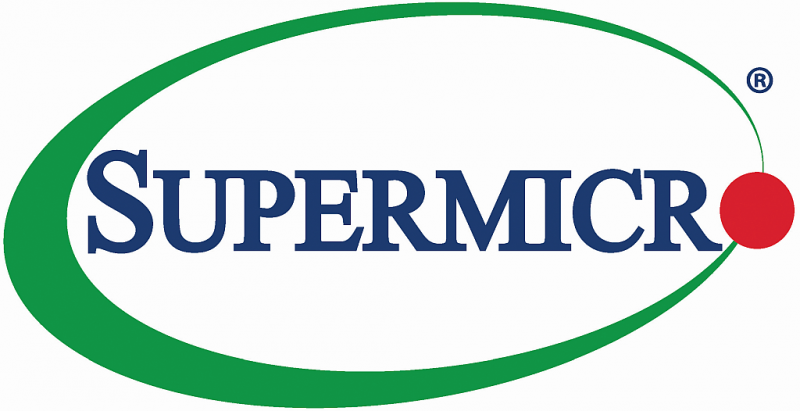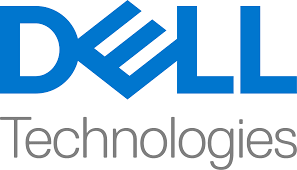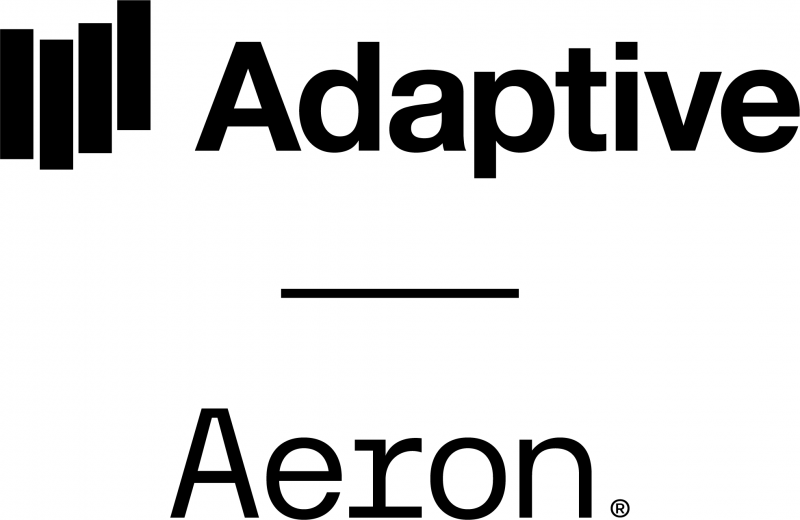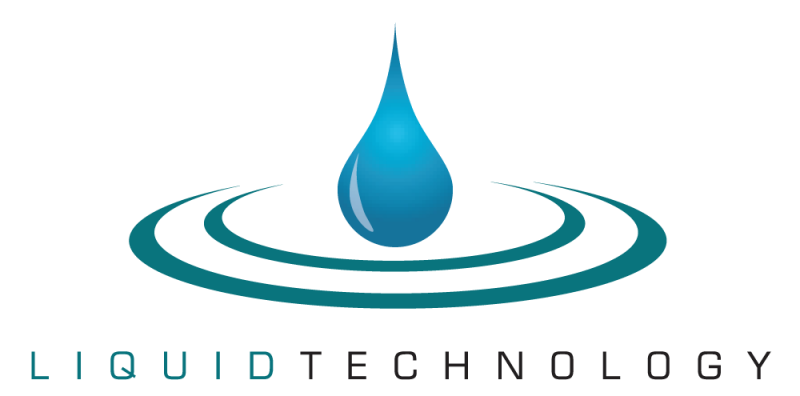STAC Summit, 14 May 2024, New York
Add to calendar: Google Outlook ical
STAC Summits bring together CTOs and other industry leaders responsible for solution architecture, infrastructure engineering, application development, machine learning/deep learning engineering, data engineering, and operational intelligence to discuss important technical challenges in trading and investment.

AGENDA
Times are approximate

| 9:00am | STAC Update: AI |
|
Jack will provide a preliminary look into STAC-AI™, an LLM benchmark suite guided by the priorities of financial firms, which measures a full solution stack -- from the model to the metal™ |
| 9:30am | Temporal RAG: Enabling GenAI breakthroughs in trade ideation, execution, and risk management |
|
Getting large language models (LLMs) to provide accurate and relevant output is a well-known challenge. It’s even more daunting in the fast-moving landscape of capital markets. Trading and investment firms care deeply about the sequence of events and how information changes over time. The key to unleashing the power of GenAI for markets is to integrate source content into a timeseries framework and to enable LLMs to operate on the wealth of traditional financial timeseries that firms already amass. Through practical, high-impact use cases in alpha gen, trade execution, and risk, Conor will argue for a new kind of retrieval augmented generation (RAG) that fully leverages the temporal properties of information. |
| 9:50am | Innovation Roundup 
 |
| "Next-Gen AI: Transforming Financial Services with Oracle Cloud Infrastructure Solutions" Sanjay Basu, Senior Director, Cloud Engineering – AI/ML, Oracle | |
| "Gaudi 3: Our Purpose Built Open Source AI Accelerator" Bob Gaines, HPC/ AI Technical Solutions Architect, Intel Corporation |
|
| "IBM Storage Scale: High performance Global Data Platform for AI/ML" Matthew Klos, Senior Solutions Architect, IBM |
|
| "Accelerate Everything: NVIDIA-GPU Platform Leadership & Liquid Cooling Innovation" Michael Watson, Director of Field Application Engineering, Supermicro |
|
| "Modern Data Architectures: Preparing Your Infrastructure Strategy for GenAI" Bill Bodei, Regional Sales Director, Hammerspace |
|
| "The Easy Button for Training Compute" Jeff Chu, Senior Sales Director Financial Services, Penguin Solutions |
|
| 10:25am | Doing GenAI at scale this year |
|
Most financial firms experimented with LLMs in 2023. Some have solutions in production, and those who don't are mostly planning to in 2024. Once an initial solution is in production, AI architects will face the consequence of their success: demand for more users and use cases. But scaling generative AI is more complicated than usual. With more use cases come broader model governance challenges. LLM instances can be in short supply, scattered geographically, and diverse in capability. And fixed or variable costs can be "eye watering" (as one hedge fund described their first bills for AI inference). Fortunately, every few days the research and vendor communities supply new models, software, hardware, managed services, and design patterns to tackle these problems. Which of these have the most promise and will be practical in 2024? And what kind of architectural frameworks are best in a world of such rapid change? Our panel of experts will dig into these questions and yours. |
| 11:00am | Break     |
| 11:30am | STAC update: Tick analytics  |
|
Jack will present the latest Council activities and benchmark results for deep time-series analytics. |
| 11:35am | Innovation Roundup  |
| "From Fragmentation to Aggregation: Fearlessly Centralizing Data forAI… Enterprise-wide!" Robert Glanzman, Global Strategic Alliances Principal Architect, Financial Services, Pure Storage |
|
| "DDN selected by leading quantitative trading firm for HPC" Phil Aronowitz, Solutions Engineer, DDN |
|
| "IBM Storage Scale & Scale System" David Bechtold, Principal Technical Specialist - Storage, IBM |
|
| "PowerScale: World’s First Ethernet Storage Certified on NVIDIA SuperPOD" Amol Choukekar, AI Practice Leader, UDS Presales, Dell Technologies |
|
| 12:00pm | STAC update: Risk computing  |
|
Jack will present the latest Council activities and benchmark results involving derivatives risk computation. |
| 12:10pm | Innovation Roundup  |
| "Innovation at Oracle Cloud for HPC, Grid Computing, and Beyond" Attila Narin, Vice President of Cloud Engineering, Oracle |
|
| "Open, Platform Compatible Analytics Architectures" Bob Gaines, HPC/ AI Technical Solutions Architect, Intel Corporation |
|
| 12:25pm | Surfing the gravity wells: Risk & trading analytics in an AI- and hyperscaler-dominated tech universe  |
|
Banks and hedge funds require more compute, storage, and networking to meet increasing demands for trading and risk analytics. Data volumes continue to balloon, regulations require more simulations, and new market opportunities require new analytics. However, generative AI and cloud have famously become "gravity wells" for the IT industry, driving its product roadmaps. On the one hand, this may increase the options available for financial HPC and data-intensive workloads, driving down long-term costs. On the other hand, AI and hyperscaler architectures can differ in important ways from those of today's trading and risk analytics, which presents challenges. To what extent can the finance industry benefit from the new products coming forth? How much longevity is left in existing approaches? Are there opportunities (or even imperatives) for trading and investment firms to rethink how they design their applications and infrastructure? |
| 1:00pm | Networking Luncheon     |
| 2:00pm | STAC Update - Fast Data & Compute   |
|
Jack will discuss the latest Council activities and test results relating to 1) low-latency LSTM inference on market data and 2) network stacks in the cloud and on the ground. |
| 2:15pm | Innovation Roundup   |
| "How fast can my AI model run?" Liz Corrigan, Chief Product Officer, Myrtle.ai |
|
| "Adaptive Technology Stack: Aeron, Artio, Agrona and SBE." Nate Bradac, Aeron Performance Engineer, Adaptive |
|
| "Low Latency Performance on OpenShift" Sebastian Jug, Principal Performance Engineer, Red Hat |
|
| "Maximize Efficiency & Compute-per-floor-tile with Self-Contained Liquid Cooling" Bernie Malouin, CEO, JETCOOL Technologies |
|
| "Why YOU shouldn’t overclock" James Lupton, CTO, Blackcore Technologies |
|
| 2:45pm | Big distances, tiny tolerances: Making time sync precise over a wide area |
|
Building a time-synchronization network spanning multiple data centers within a metropolitan area is a formidable challenge, particularly when the requirements include fault tolerance, nanosecond accuracy, and traceability to UTC(NIST). Quincy Data undertook this challenge, using White Rabbit in Chicago and New Jersey to synchronize across the major trading venues and using GNSS to connect these metros into a single clock domain. Come to hear Mike explain some of the problems Quincy encountered in design and implementation and how they overcame them. |
| 3:00pm | Innovation Roundup |
| "Overlay technologies in low-latency networks" Dan Edmunds, Solutions Architect, Options Technology |
|
| "Order Entry Analytics on a Tap Aggregator" Mike Galime, Director - Finance and Capital Markets, Keysight |
|
| "Diagnosing Network Weirdness: he said, she said, layer1 capture said." Aaron Foo, CEO, FMAD Engineering |
|
| 3:20pm | Break    |
| 3:50pm | Innovation Roundup |
| "Unleashing Speed: The Pinnacle of Performance in High-Frequency Trading with Hybrid FPGA and Software Solutions" Tom Coombs, Vice President of Sales, Orthogone |
|
| "The Fast Lane to Connectivity: Unparalleled performance and minimal latency with LDA's cutting-edge product line." Vahan Sardaryan, Co-Founder and CEO, LDA Technologies |
|
| "ÜberNIC... It Just Works..." Seth Friedman, CEO, Liquid-Markets-Holdings |
|
| 4:10pm | Staying cool at speed: Adding 25G to HFT accelerators |
|
Supporting 25G Ethernet can reduce the latency of FPGA or ASIC algorithms--but only if it is implemented well. Signal integrity, power, and thermal challenges exist all the way from the 25G IP, through the package, and across the PCB. In this talk, Lawrence will explore these challenges and present methods to analyze and resolve them so that you can achieve cool speed with 25G. |
| 4:25pm | Innovation Roundup |
| "Managing the Options Data Deluge with FPGAs" Cliff Maddox, Director of Business Development, NovaSparks |
|
| "High-Performance Trading with FPGA Accelerators, Low Latency NICs, and server-class processors" Michael McGuirk, Sr Manager, Data Center Marketing, AMD |
|
| "Beyond the Tick: AMD & Exegy's Clockless Breakthrough in FPGA Tick-to-trade Latency" Olivier Cousin, Director, FPGA Solutions, Exegy |
|
| "Empowering Capital Markets with Google Cloud" Scott Caudell, FSI Architect, Google |
|
| "Latest Cool Products from Shengli Hardware Lab" Louis Liu, CEO, Shengli Technologies | |
| 4:55pm | Threading the needle: Navigating constraints to compete in real time |
|
To stay in the game, trading firms must manage ever-growing data rates and keep their architectures competitive, whether it’s making software faster or hardware smarter. But mounting requirements for regulation, compliance, and cyber are straining resources. Meanwhile, finding well-trained talent is only getting harder. What are the best strategies to navigate these constraints? What are the best buy/hold/sell strategies for technologies across the spectrum, from FPGA and ASIC to private clouds? Where does it make sense to buy third-party logic today? Our panel of experts will weigh in. |
| ~5:30pm | Networking Reception |
About STAC Events & Meetings
STAC events bring together CTOs and other industry leaders responsible for solution architecture, infrastructure engineering, application development, machine learning/deep learning engineering, data engineering, and operational intelligence to discuss important technical challenges in finance.
Event Registration
Speakers
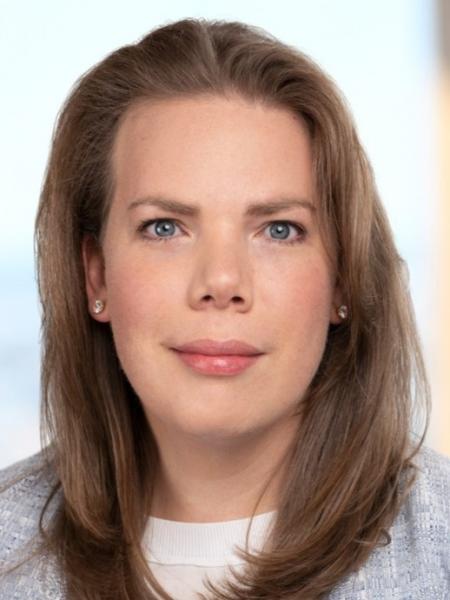 Belinda NealGoldman Sachs
Belinda NealGoldman Sachs Dino VitaleTD Securities
Dino VitaleTD Securities
 Eric PowersCiti, STAC Fellow
Eric PowersCiti, STAC Fellow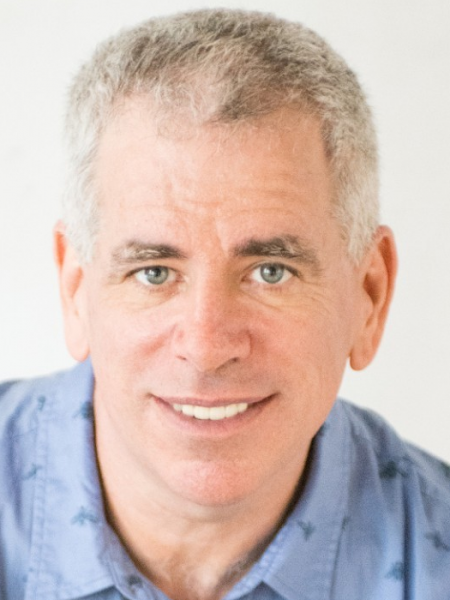 Daniel WisehartCubist Systematic Strategies
Daniel WisehartCubist Systematic Strategies
 Ivan KunyankinDevexperts
Ivan KunyankinDevexperts Conor TwomeyKX
Conor TwomeyKX
 Bob GainesIntel Corporation
Bob GainesIntel Corporation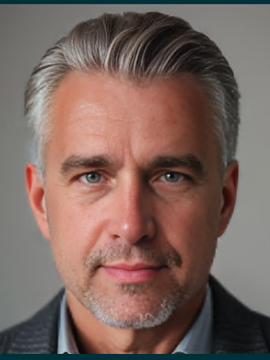 Troy KasterPenguin Solutions
Troy KasterPenguin Solutions
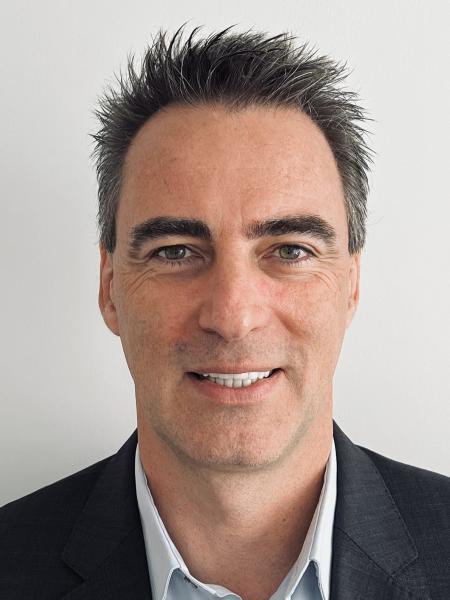 Attila NarinOracle
Attila NarinOracle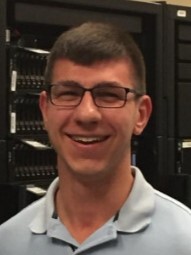 Matthew KlosIBM
Matthew KlosIBM
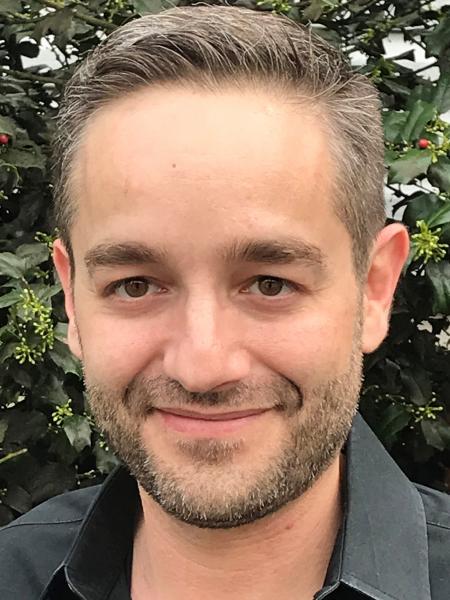 Phil AronowitzDDN
Phil AronowitzDDN Matt CertosimoAMD
Matt CertosimoAMD
 Scott CaudellGoogle
Scott CaudellGoogle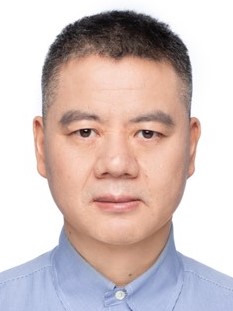 Louis LiuShengli Technologies
Louis LiuShengli Technologies
 David BechtoldIBM
David BechtoldIBM Sanjay BasuOracle
Sanjay BasuOracle
 Michael WatsonSupermicro
Michael WatsonSupermicro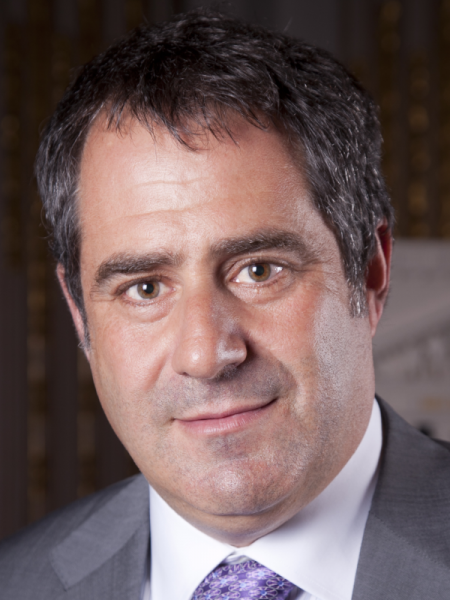 Mike SchonbergQuincy Data
Mike SchonbergQuincy Data
 Lawrence DerCadence
Lawrence DerCadence Michael McGuirkAMD
Michael McGuirkAMD
 Amol ChoukekarDell Technologies
Amol ChoukekarDell Technologies Bernie MalouinJETCOOL Technologies
Bernie MalouinJETCOOL Technologies
 Robert GlanzmanPure Storage
Robert GlanzmanPure Storage Bill BodeiHammerspace
Bill BodeiHammerspace
 Liz CorriganMyrtle.ai
Liz CorriganMyrtle.ai Nate BradacAdaptive
Nate BradacAdaptive
 Sebastian JugRed Hat
Sebastian JugRed Hat James LuptonBlackcore Technologies
James LuptonBlackcore Technologies
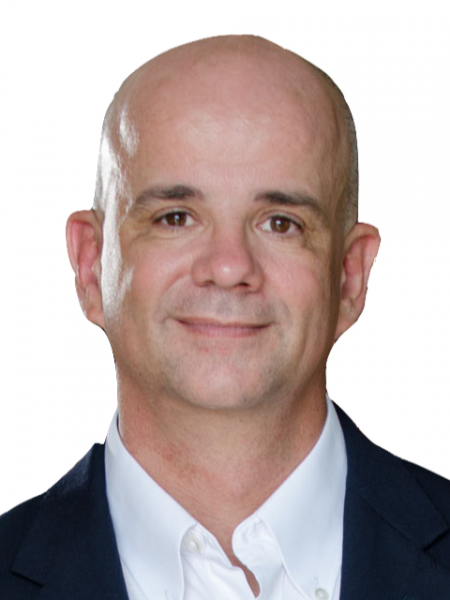 Tom CoombsOrthogone
Tom CoombsOrthogone Mike GalimeKeysight
Mike GalimeKeysight
 Aaron FooFMAD Engineering
Aaron FooFMAD Engineering Dan EdmundsOptions Technology
Dan EdmundsOptions Technology
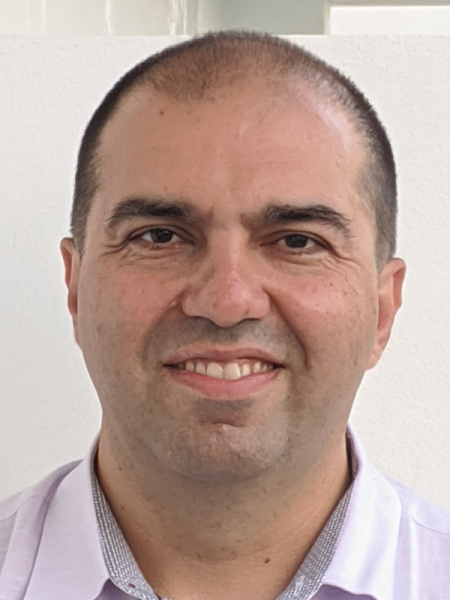 Vahan SardaryanLDA Technologies
Vahan SardaryanLDA Technologies Seth FriedmanLiquid-Markets-Holdings
Seth FriedmanLiquid-Markets-Holdings


 Cliff MaddoxNovaSparks
Cliff MaddoxNovaSparks Olivier CousinExegy
Olivier CousinExegy Jack GiddingSTAC
Jack GiddingSTAC
